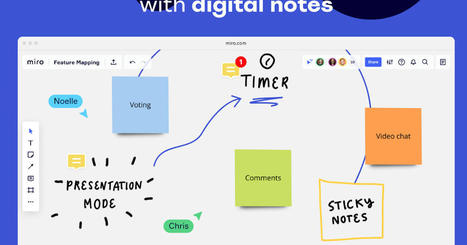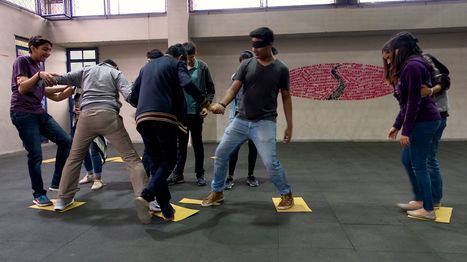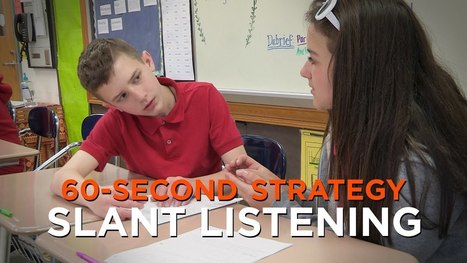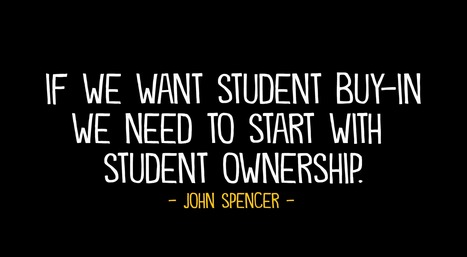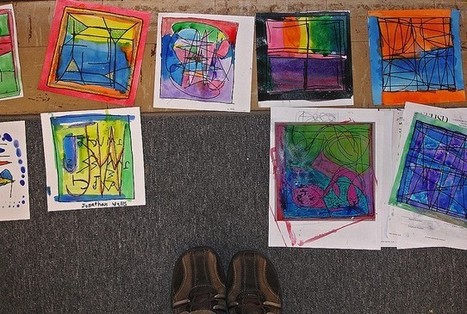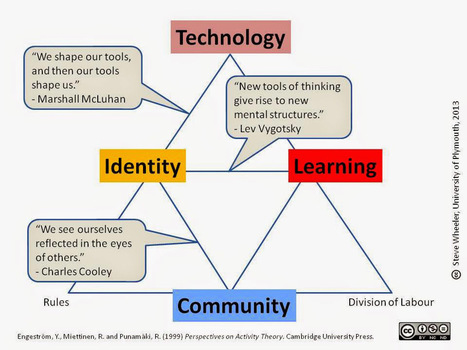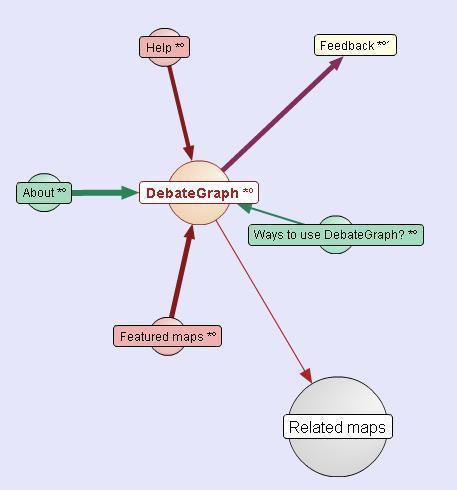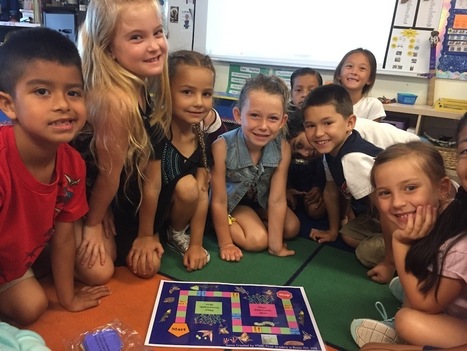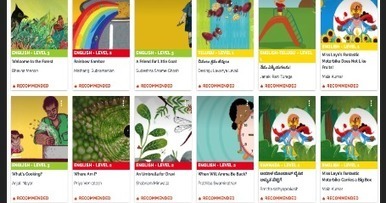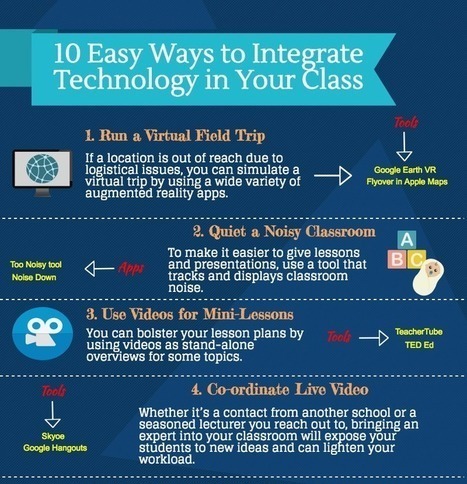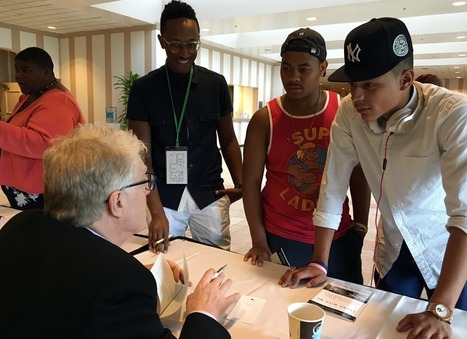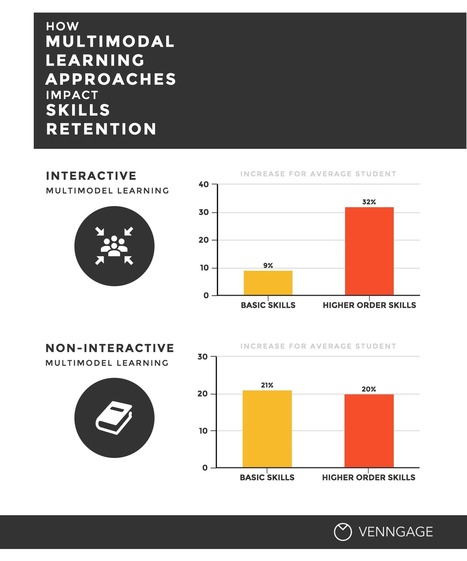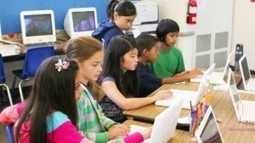Get Started for FREE
Sign up with Facebook Sign up with X
I don't have a Facebook or a X account
 Your new post is loading... Your new post is loading...
 Your new post is loading... Your new post is loading...
Sign up to comment

Kim Flintoff's curator insight,
February 24, 2018 9:02 PM
In his book The Global Achievement Gap, Wagner identifies seven core competencies every child needs in order to survive in the coming world of work. 1. Critical thinking and problem-solving 2. Collaboration across networks and leading by influence 3. Agility and adaptability 4. Initiative and entrepreneurialism 5. Effective oral and written communication 6. Accessing and analysing information 7. Curiosity and imagination

Pablo Peñalver's curator insight,
March 2, 2018 1:17 AM
Education may be the passport to the future, but for all the good teaching out there, it would seem that schools are failing to impart some of the most important life skills, according to one educational expert.
2. Collaboration across networks and leading by influence
3. Agility and adaptability
4. Initiative and entrepreneurialism
5. Effective oral and written communication
6. Accessing and analysing information
7. Curiosity and imagination
Learn more / En savoir plus / Mehr erfahren:
https://gustmees.wordpress.com

Alex's curator insight,
August 17, 2016 7:15 PM
good news for teens! Some gaming skills are useful :)

Claudia Estrada's curator insight,
August 26, 2016 10:18 AM
Another way to motivate and engage students and make learning interesting.

Manuel Garcia's curator insight,
June 4, 2023 8:39 PM
Breakout EDU is a popular platform for immersive learning games that promote critical thinking and collaboration in classrooms. Teachers can choose between physical games, which require a Breakout EDU box and locks, or digital games that can be played using internet-connected devices. With a variety of game options available, students work together to solve puzzles and unlock the box within a set time limit, fostering creativity and a growth mindset.
Nancy Jones's curator insight,
January 16, 2016 5:42 PM
Revisiting the idea to encourage deeper thinking. should it be renamed project -based inquiry? this article argues it is time " to reinvent it in a way that leads to deeper learning, creative inquiry, and a better fit with a collaborative world in which doing and knowing are one thing."
Jaydin Nies's curator insight,
September 19, 2016 2:47 PM
Many times when we learn we use many tools. They may be our minds or they may be outside objects. This is how we put them together and use it for the better. 
Prudence Matsega's curator insight,
January 7, 2019 4:18 PM
The Activity theory helps in understanding other factors that will have an impact on the a students's/ learner's thought pattern. Activity Theory gives clarity as to who is doing what? How are they doing it? Finally why are they doing it?

Robin Good's curator insight,
December 30, 2013 2:59 PM
Live Pics.io is a free new web which allows you to showcase in real-time your favorite images, photos or illustrations while talking and listening with the other parties connecting in. No registration or login required. You just upload your selected images and share the link to the meeting room that you are given and you are ready to go. Supersimple. Free to use. Try it out now here: http://live.pics.io |

Gust MEES's curator insight,
August 15, 2016 8:47 AM
that it’s important for young people to become economically independent and self-sufficient. But to do that, he argues, they shouldn’t all learn the same thing. Instead, they should be learning to be adaptable, to be innovative, to flow with change, to collaborate and other globalized skills that will apply to whatever area of work they are passionate about pursuing. An education can help expose students to different life paths and support them in finding their passions, while giving them the transferable skills to attack any problem.
Learn more / En savoir plus / Mehr erfahren:
http://www.scoop.it/t/21st-century-learning-and-teaching/?tag=Sir-Ken-Robinson

Susan Ramsey's comment,
July 16, 2016 9:48 AM
I am going to try the mystery game. I saved it into my Evernote collection for course revisions.

Lisa Jennings Weaver's curator insight,
July 16, 2016 3:21 PM
Games are always a great idea for students. Take a look

Jen Pollard's curator insight,
March 15, 2015 4:40 PM
Skype is a great tool to use in learning as it provides real time engagement with experts. This a great article with ideas about thinking outside of the box when integrating Skype. 
Phil Hobrla's curator insight,
March 16, 2015 8:04 PM
Microsoft recently showcased a new Skype feature that allows for real-time, two-way, voice translation! This feature will make the Skype Cultural Exchange even more extensible and will allow those who use Skype for non-native language acquisition to have in-depth conversations, in their own languages, about their progress and issues in their learning. 
Henry Lee's curator insight,
March 16, 2015 9:25 PM
Rescooped from Sarah Kozlowski. This make distance learning possible for virtual classrooms. While this setup up isn't ideal for a lot of virtual classroom setups, it can work as a low-tech solution. |




